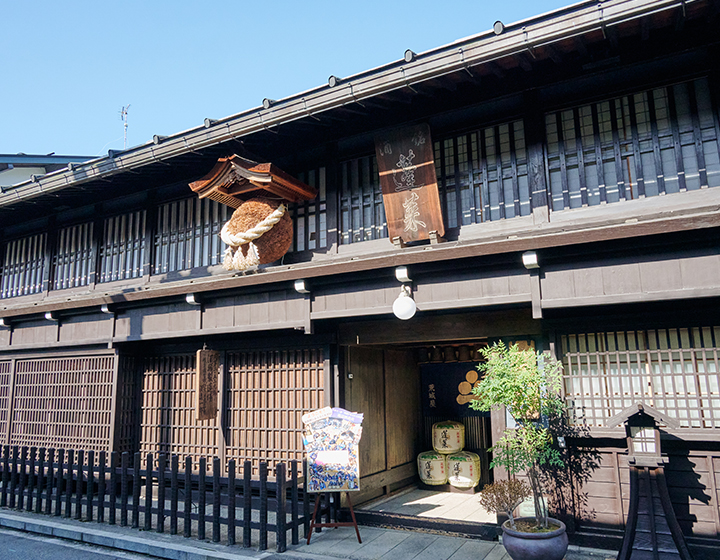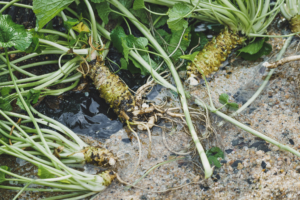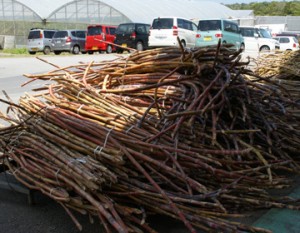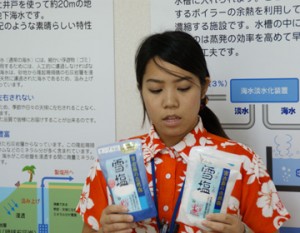“Mirin” has remained unchanged since the Edo period, supporting Japanese cuisine
Mirin” is an indispensable seasoning for Japanese people. Mirin is made only from glutinous rice, rice koji, and rice shochu. Steamed glutinous rice and rice koji are placed in rice shochu with an alcohol content of 41.5 degrees Celsius, and allowed to saccharify and mature for about 2 to 3 months. During the maturation process, the enzymes in the rice koji break down the starch and protein in the glutinous rice. Amino acids and other flavor components are produced, resulting in a mildly sweet moromi. The moromi is then pressed by hand to remove the mirin lees and matured in tanks for about three years, resulting in the mirin produced by Hakusen Shuzo, which has been around since the late Edo period (1603-1868). Even today, no food additives or chemical seasonings are used.
We have never changed the way we make mirin,” said Hakusen Shuzo. So when people ask us what mirin from the Edo period is like, we can say with confidence that this is it,” says Takaaki Kato, president of Hakusen Shuzo, with a laugh. There is a reason why they have not changed the traditional manufacturing method. The reason is that cooks would be troubled if the taste of seasonings were to change. This is especially true in the world of Japanese cuisine, where delicate flavors are very important. Mirin, which adds mellow richness and soft sweetness to the foundation of flavor, has captivated famous chefs, who say that once they use it, they cannot live without it.
To get a taste of the difference in taste due to aging, we tasted freshly pressed, 3-year aged, and 10-year aged mirin.
The freshly pressed syochu liqueur has a cloudy color and a sweet aftertaste with little depth and breadth, while the 3-year aged syochu liqueur has a brandy-like color and a restrained but broadening range of flavor. It has a rich sweetness, reminiscent of Shaoxing wine. The freshly squeezed version is not marketed by Hakusen Shuzo because its light taste is not enough to enhance the flavor of food. In contrast, the 3-year aged version has just the right amount of sweetness and luster, making it perfect for cooking. The 10-year-old version is also a good aperitif and after-dinner drink, and is recommended to be drunk straight or on the rocks, or used as a sauce for desserts.
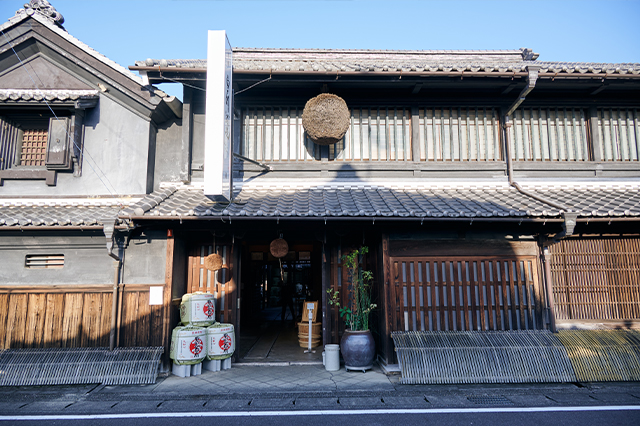
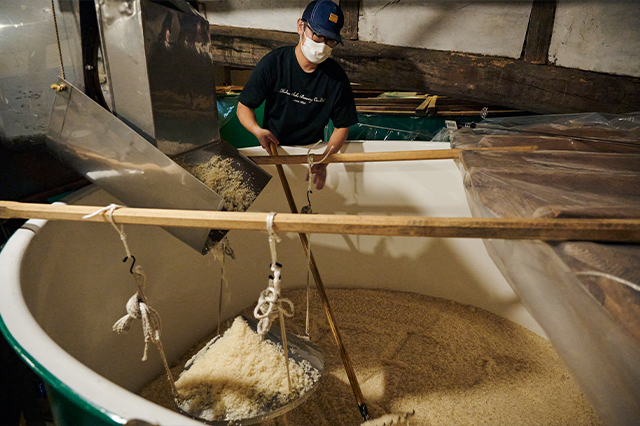
“Mirin” was a drink.
Mirin, originally a kind of alcoholic beverage, has somehow come to be recognized by many people as a seasoning. Such an example is rare in the world. Mirin used to be recognized as a soft sweet-tasting alcohol until around 1965, and was loved by many people as a summer drink during rice planting season. However, sales of mirin (sweet cooking rice wine) from Hakusen Shuzo declined sharply for a time, as “mirin-like seasonings” overtook mirin as a “drink” and its status as a beverage was lost. The fact that mirin has been reevaluated by gourmets and the media as “mirin that can be drunk” over the years can be said to be a return to the origins of mirin. The fact that mirin has not followed trends and has not changed its production methods over the years has led to a change in public perception and a reevaluation of its original value.
Currently, there are about 90 mirin breweries in Japan. Compared to sake, for which there are about 1,000 breweries in Japan, this is a small number. However, despite changes in the market and the tastes of its customers, Hakusen Shuzo’s mirin production will remain unchanged in the future.
The company will not increase the size of its factories or production lots so as not to change its production methods. Even though we put a lot of time and effort into the aging process, we do not intend to put a premium on it like we do with vintage wine. What he hopes for is that Mirin will continue to be used by many people as an everyday product. A small producer in a rural area that once prospered as a river port quietly continues to brew Japanese food culture today.
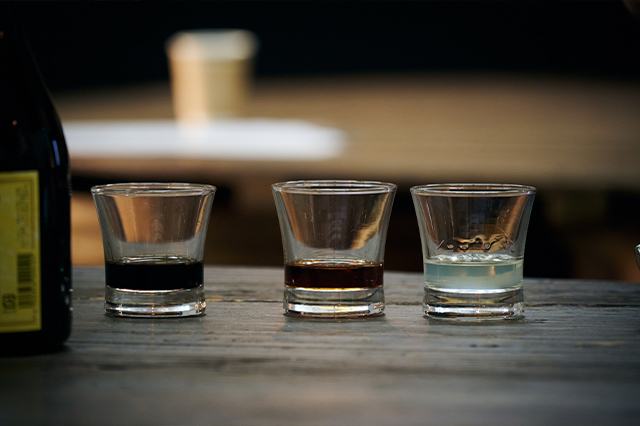
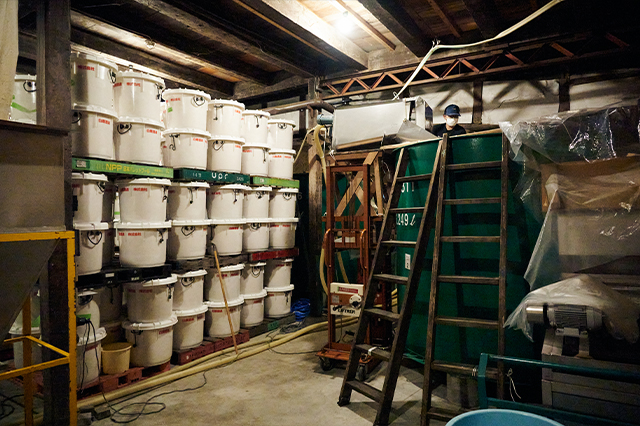
ーーーーーーーーーーーーーーーーーーーーーーーーーー
■Also featured in TDK VOICES FROM NIHONMONO
Hidetoshi Nakata Gifu Trip: Cormorant Master Yoichiro Adachi
https://www.j-wave.co.jp/original/nihonmono/entry/211107.html
ーーーーーーーーーーーーーーーーーーーーーーーーーー
